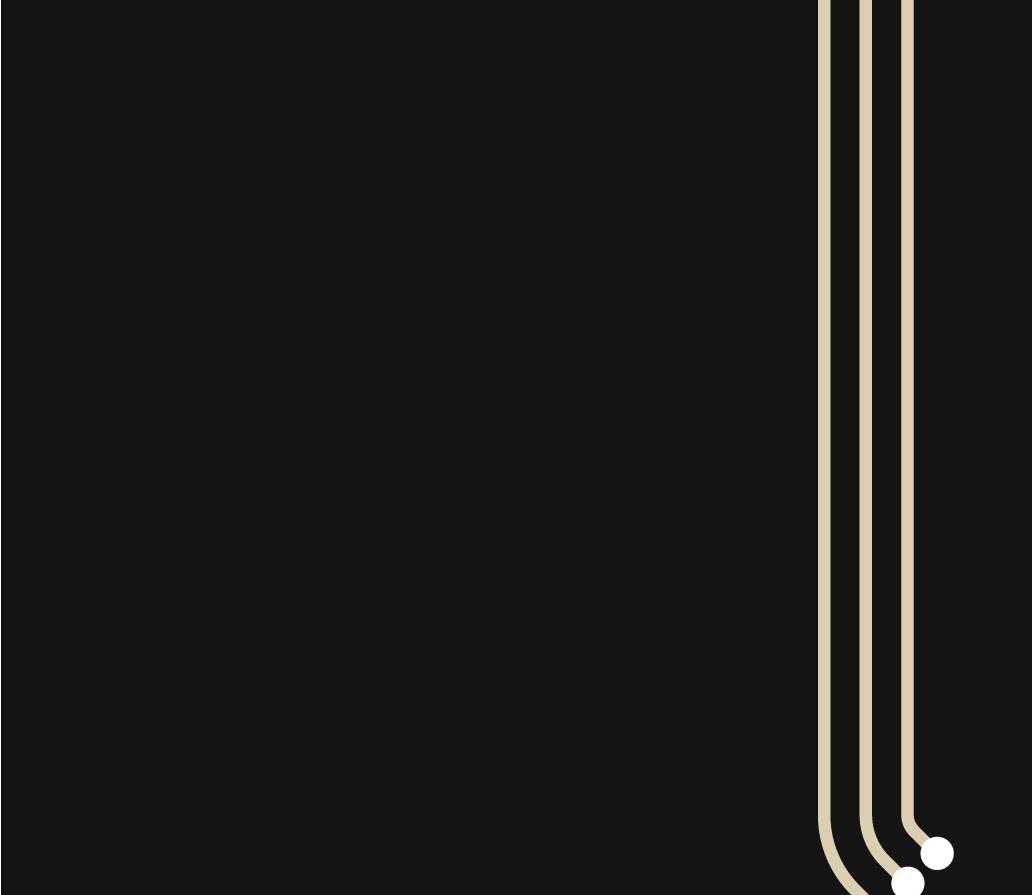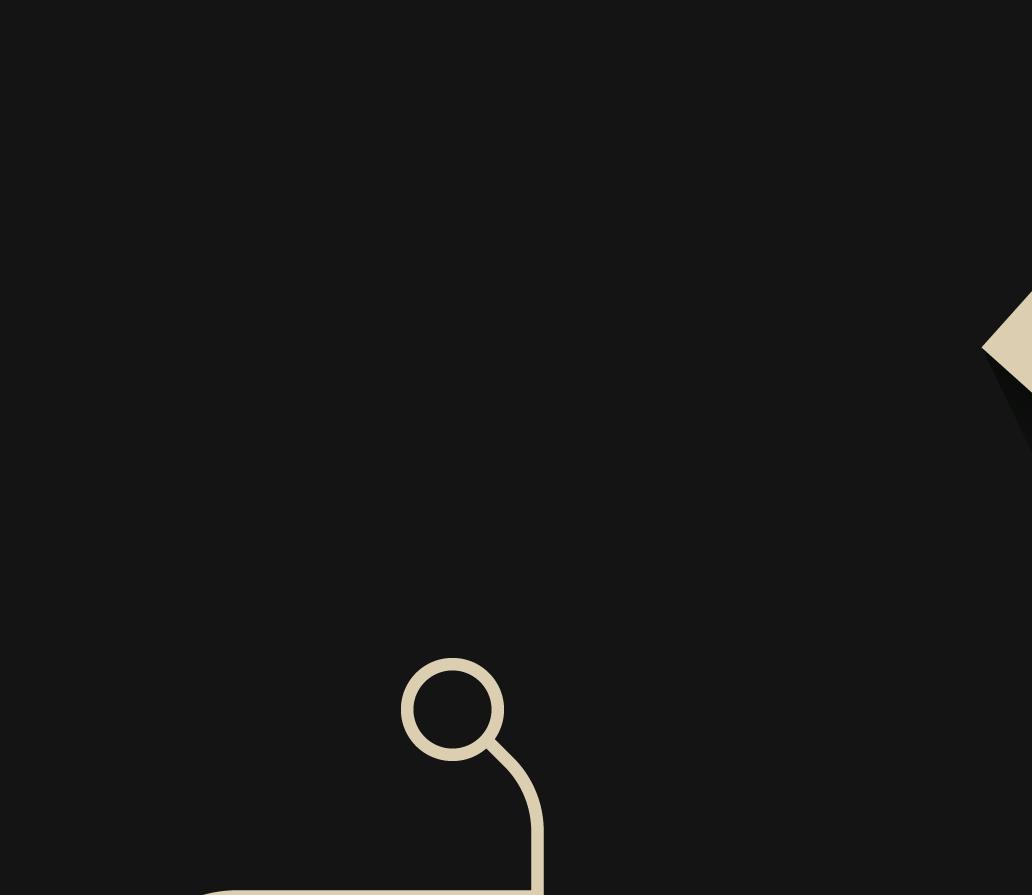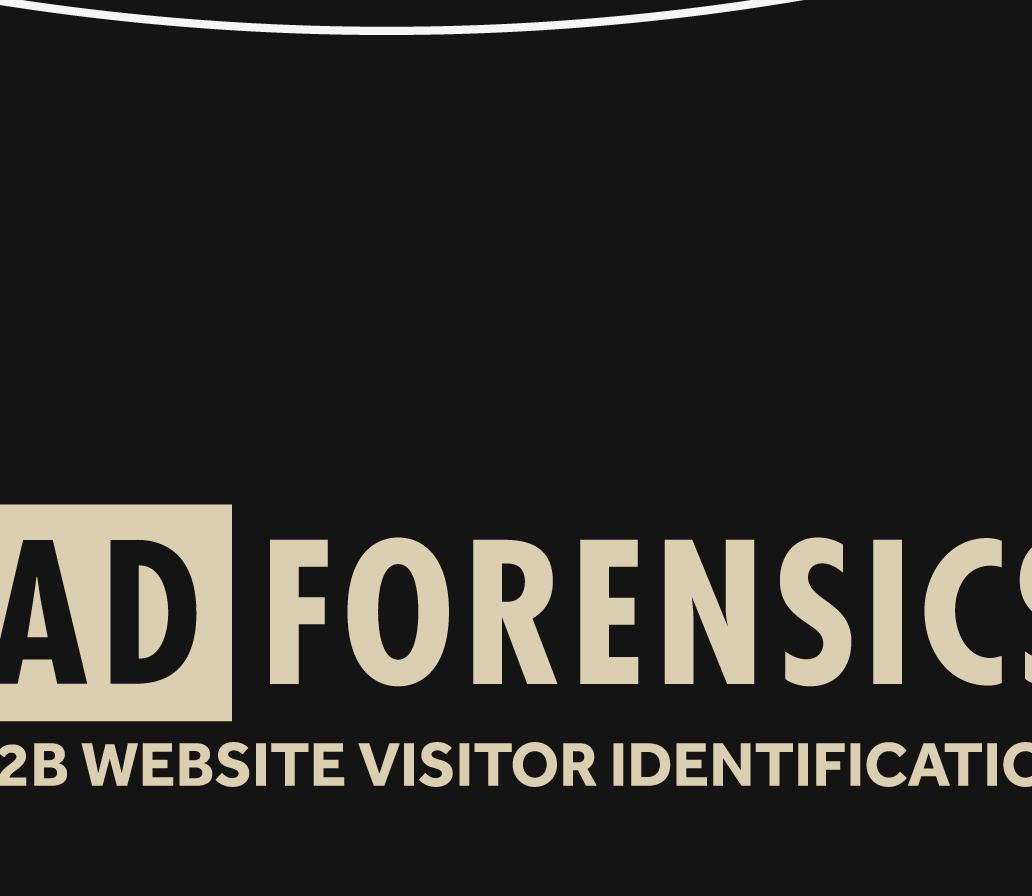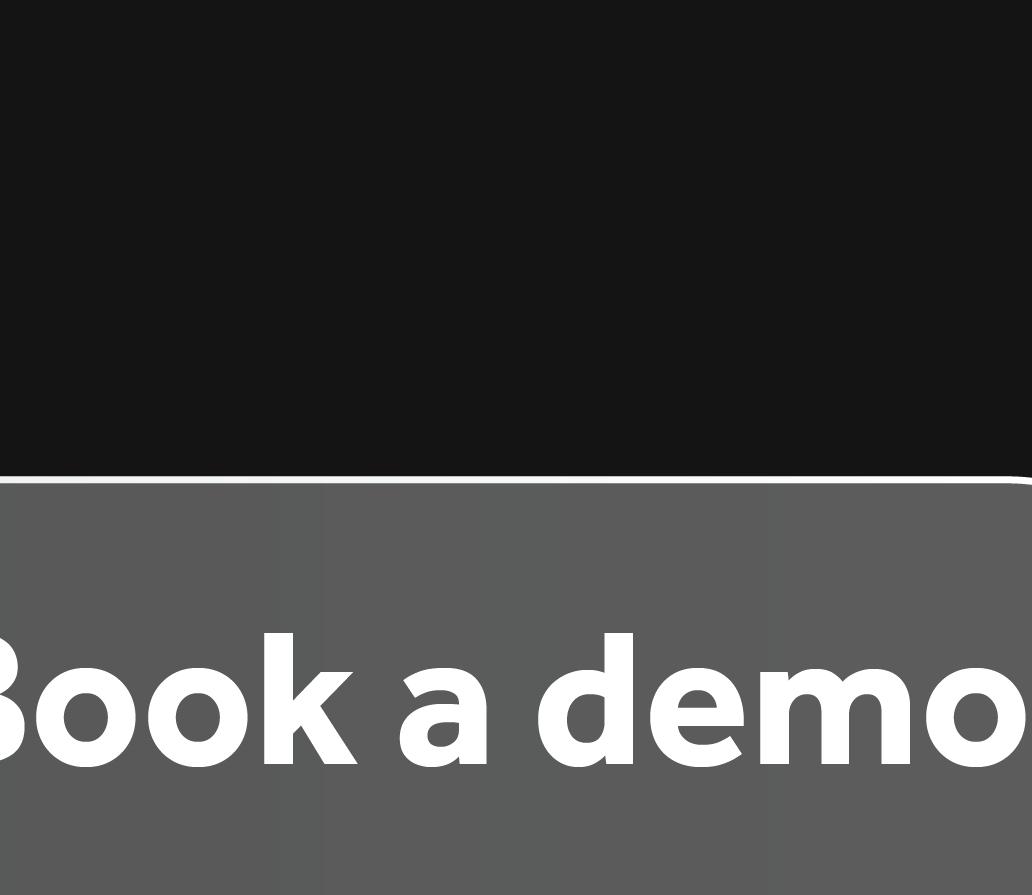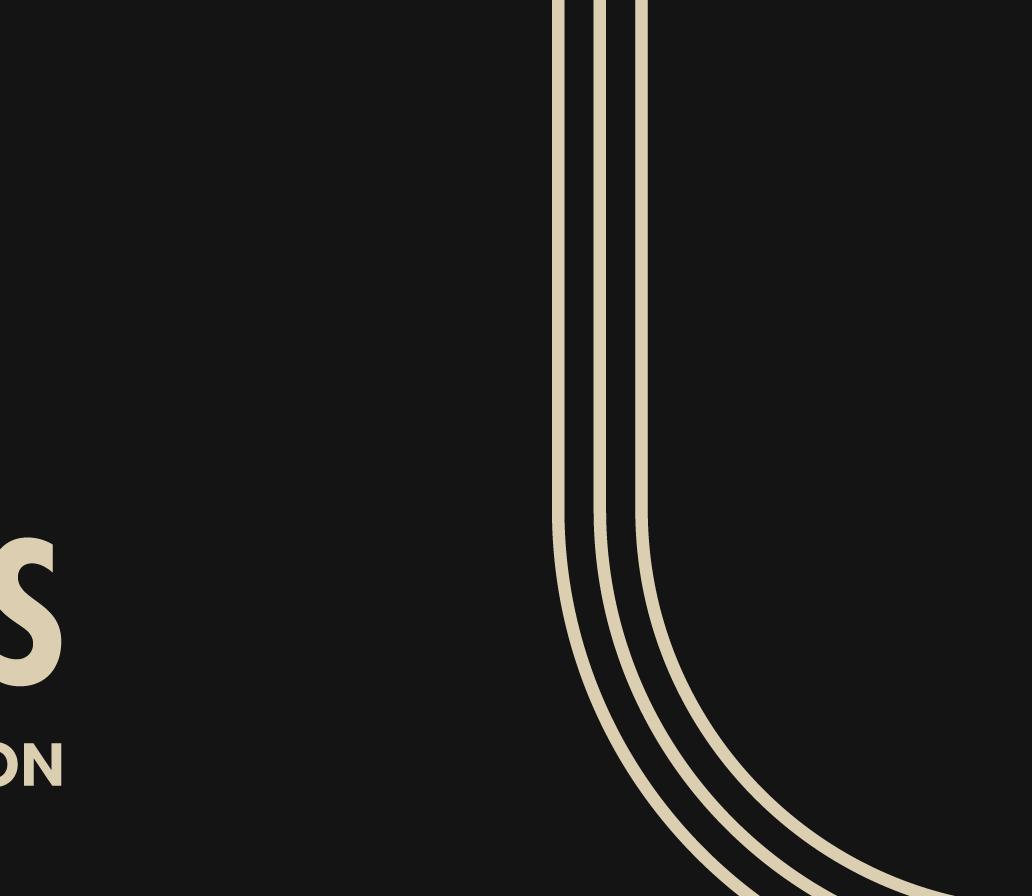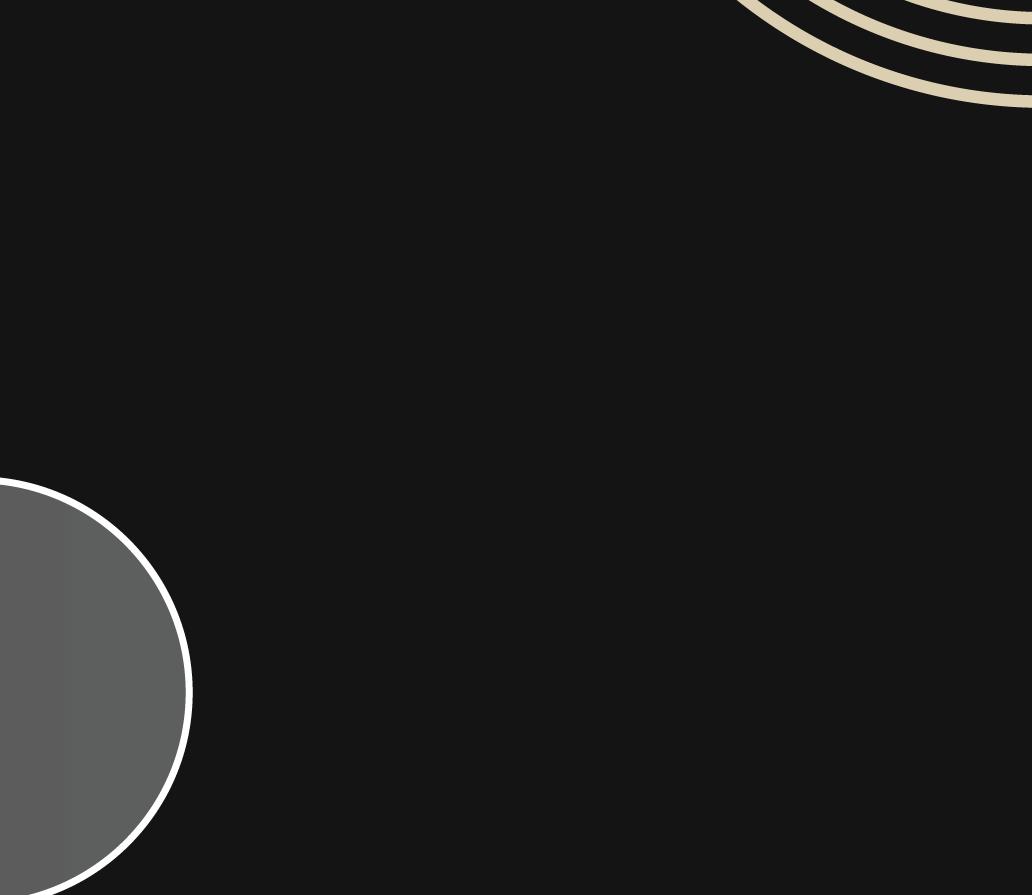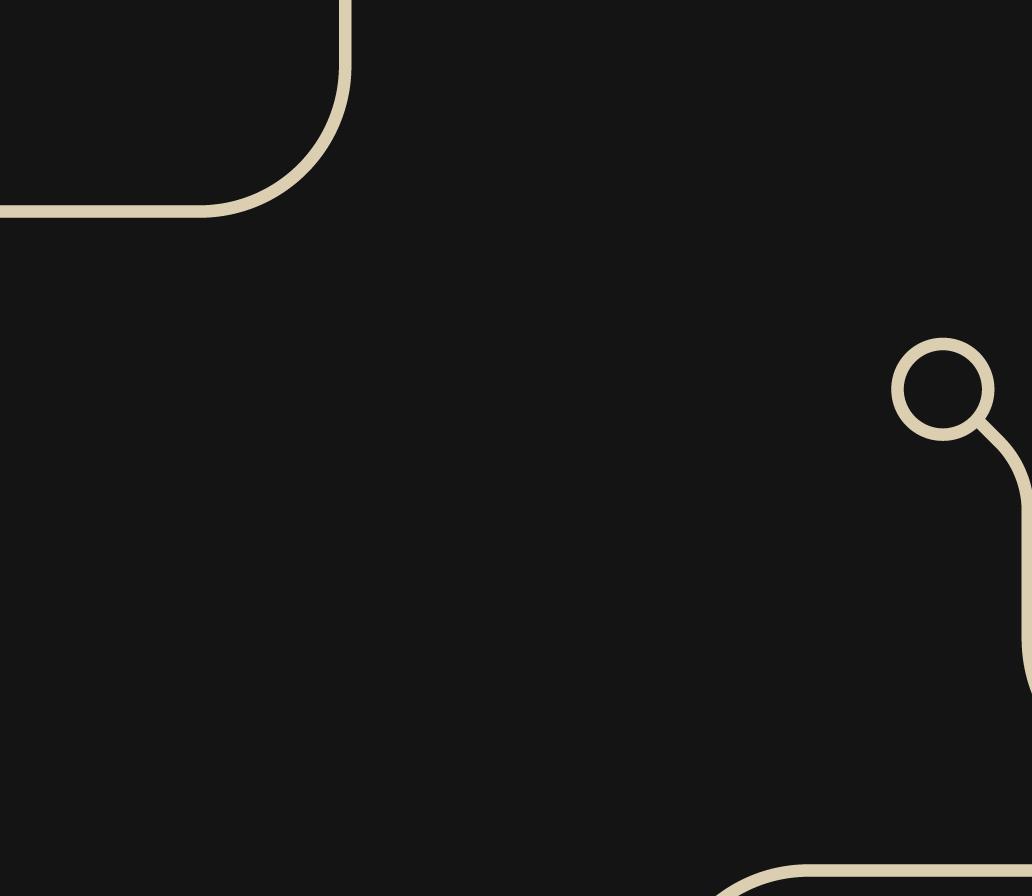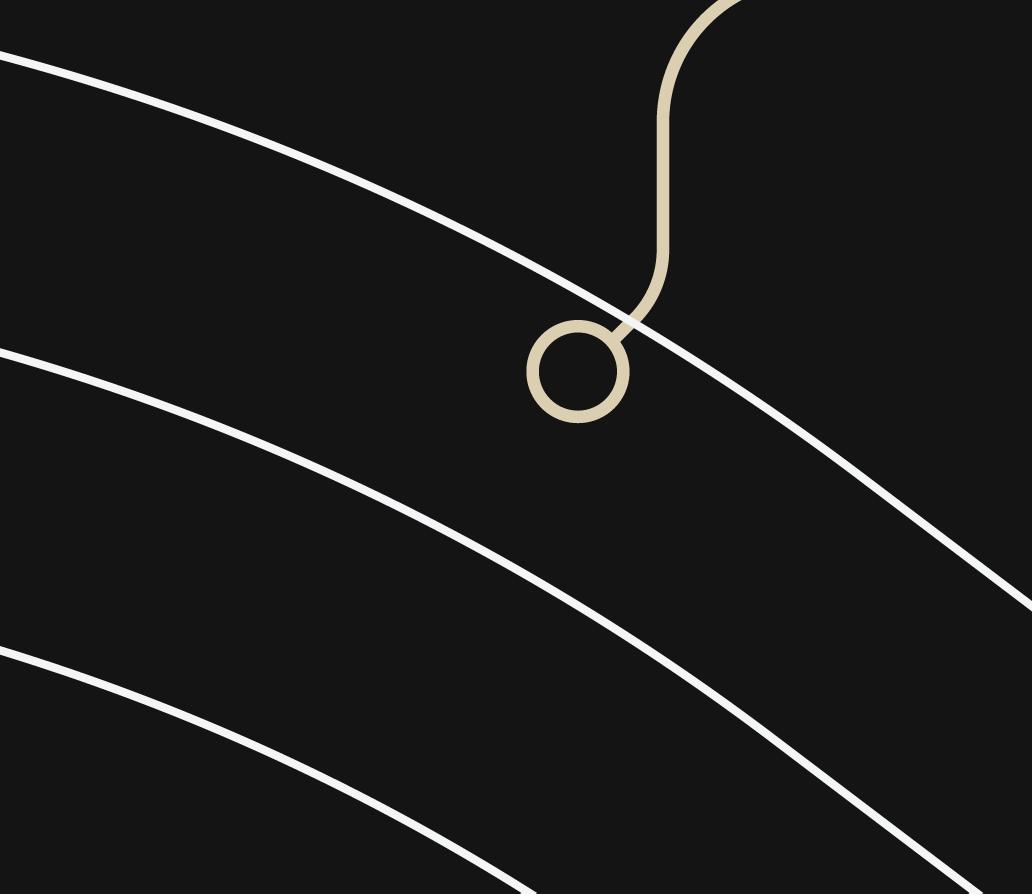




































































B2B buyers aren’t spreadsheets. They aren’t checklists or decision trees.
They’re human - driven by emotions, biases, and subconscious triggers they don’t even realize are shaping their choices.
Yet most B2B marketing and sales strategies treat them like machines.
They assume rationality rules. That buyers logically compare options, weigh pros and cons, and select the best solution based purely on merit.
But the truth is: decisions are rarely rational
Just like in the animal kingdom, where instincts drive survival, human brains rely on deeply ingrained mental shortcuts.
These biases don’t vanish in the world of business. If anything, the higher the stakes, the more powerful these mental shortcuts become.
That’s where this book comes in. It will show you how to work with - not against - these psychological forces to tilt decisions in your direction.




B2B marketing is more crowded than ever. Buyers are overwhelmed. Sales cycles drag on while decision-makers hesitate, stall, and ghost.
But if you understand how their minds work? You can cut through the noise. You can craft messaging that speaks directly to their fears, aspirations, and instincts You can reduce friction in the decision-making process and nudge them toward a confident “yes.”
This book is about recognizing how people actually make decisions - not how we wish they did. And once you understand that? You’ll be able to influence, engage, and convert buyers faster and more effectively than ever before.

Every B2B deal starts with a decision.
So before we jump into urgency tactics, persuasion strategies, and psychology, we need to set the foundation.
This section will explore:


How the brain actually makes decisions (Hint: it’s not as rational as you think) Why some choices feel easy while others create hesitation

How emotions shape decisions, even in high-stakes business purchases
If you understand how buyers think, you can in�uence how they act. Let’s break down the science behind the decisions that drive B2B success.
Every B2B buyer has two brains in one - or at least, two ways of thinking.
On one hand, decisions should be rational, logical, and methodical. A buyer should evaluate solutions objectively, weigh the pros and cons, compare pricing, and make the smartest business choice. That’s System 2 thinking - slow, deliberate, and analytical.
But in reality? That’s not how most decisions happen
Instead, buyers rely on gut instincts, snap judgments, and emotional responses more often than they realize. That’s System 1 thinking - fast, intuitive, and automatic.
So let’s break this down…
Psychologists Daniel Kahneman and Amos Tversky introduced Dual Processing Theory, breaking decision-making into two modes:

System 1: Fast, Emotional, Automatic
• Instinctive, effortless, and subconscious
• In�uenced by first impressions, visuals, and gut feelings
• Responds quickly to urgency, scarcity, and social proof
• Can lead to snap decisions (good or bad)

System 2: Slow, Logical, Analytical
• Careful, deliberate, and requires effort
• Used for price comparisons, long-term planning, and evaluating risks
• Prefers data, detailed reasoning, and structured choices
• More resistant to persuasion, but ultimately confirms or rejects System 1’s instincts

Most marketers assume they’re selling to System 2. They load their websites with statistics, white papers, and endless feature comparisons. They assume buyers are rational.
But in reality? System 1 is calling the shots.
A B2B buyer might emotionally connect with a brand because of its credibility, FOMO, or trust signals (System 1). Later, they justify that gut decision with logical reasoning, like ROI data and case studies (System 2).
So, how do you use this to your advantage?

Capture System 1 first. Use clear messaging, urgency triggers, and social proof to create an immediate emotional connection.

Support System 2 afterward. Provide data, case studies, and logical reasoning to reinforce the initial instinct.

Reduce friction. The harder a decision feels, the more likely buyers will default to System 1 - and walk away.
The secret to winning more B2B deals? Speak to System 1, then reassure System 2 If you only appeal to logic, you’ll lose to a business that appeals to instinct.
Let’s explore the biases and mental shortcuts that System 1 loves - and how you can use them to drive action.
subconsciously
Source: Harvard Business School
First impressions matter. But the last impression? That’s what sticks.
The Peak-End Rule is a cognitive bias where people judge an experience based on its most intense moment (the peak) and how it ends - not the entire experience itself.
Think about it:
• A boring keynote speech with an amazing closing story? Memorable.
• A smooth sales process with a painful contract negotiation? Frustrating
• A complex onboarding experience that ends with a big “aha” moment? Worth it.
B2B buyers don’t remember every interaction with your brand - they remember the peaks and the ending. This means you need to design those moments strategically.

& Tversky

• Highlight a game-changing feature, a breakthrough insight, or an exclusive offer
• Use storytelling and emotional engagement in sales pitches and presentations.
• Frame your best content, stats, or case studies as the “aha” moment

• Ensure the final touchpoint before closing a deal is positive and confident.
• Send a personalized thank-you or a last-minute bonus after sign-up.
• Make onboarding easy, exciting, and value-packed to reinforce the decision.
The lesson? Buyers don’t remember everything - so make sure what they do remember works in your favor
Salesforce’s annual ‘Dreamforce’ conference is designed to create memorable peak experiences for attendees. The event features high-profile keynote speakers, innovative product demonstrations, and numerous networking opportunities, culminating in a grand finale show with famous musical artists.
Now, let’s look at another key factor in B2B decision-making: how visuals impact choices, and why what buyers see matters more than you think
B2B buyers are bombarded with information. Most of it gets ignored.
So how do you make your offer stand out? You make it visually impossible to miss
Visual Salience is the principle that our brains prioritize what stands out - whether it’s a bold color, an unexpected contrast, or a well-placed call-to-action.









KPMG aimed to shift from traditional thought leadership to a bold and creative campaign to engage their audience more effectively. They imagined themselves as consumer products, crafting spoof items that resonated with their audience. The campaign boosted KPMG’s opportunity volume by 11% and increased opportunity value by 68%.

In B2B marketing, most brands stick to safe, corporate visuals - which is why the few that dare to break the mold capture attention. Visually unique content stops the scroll, sparks curiosity, and makes your message more memorable
• Instead of standard blog posts or bland LinkedIn ads, use unexpected visuals, striking colors, and unconventional imagery to differentiate your brand.
• Buyers scan websites, emails, and proposals in seconds, looking for signals that grab their attention.
• A well-placed “Only 3 Spots Left” in red? Stops the scroll
• A pricing table where the “Best Value” option is bold and highlighted? Guides the decision.
• A proposal with clear visuals and a callout box summarizing key benefits? Wins over a dense paragraph of text

How to Use Visual Salience to Influence

Use contrasting colors to highlight urgency, pricing, and CTAs.

Break up dense text with bullet points, bold phrases, and callout boxes.

Design with attention flow in mind - guide the buyer’s eyes toward the next step.

Use visuals strategically - an image or chart can explain faster than a paragraph.
The takeaway? B2B buyers are visual creatures. If it stands out, they’ll see it. If they see it, they can act on it.
to 10%
John Medina, “Brain Rules”

You can’t create urgency for something a buyer doesn’t care about. Before you can push them to act fast, they need a reason to pay attention in the first place.
This is where most B2B marketers go wrong. They jump straight to conversion tactics - limited-time offers, scarcity messaging, and aggressive sales follow-upswithout first building interest, trust, or relevance. It’s like proposing marriage on the first date.
B2B buyers don’t start their journey thinking, I need to buy this now. They start by asking:

Why should I care?


Is this relevant to me?
Is this problem urgent enough to solve right now?
If you don’t capture their attention and make them curious, they’ll tune you out before you even get to the pitch.
If you want buyers to truly see themselves using your solution, facts alone won’t cut it. Stories are what make ideas stick
This is called Narrative Transportation - when someone gets so engaged in a story, they start experiencing it as if it were their own reality. In B2B marketing, this is how you turn a product pitch into something buyers can actually feel.




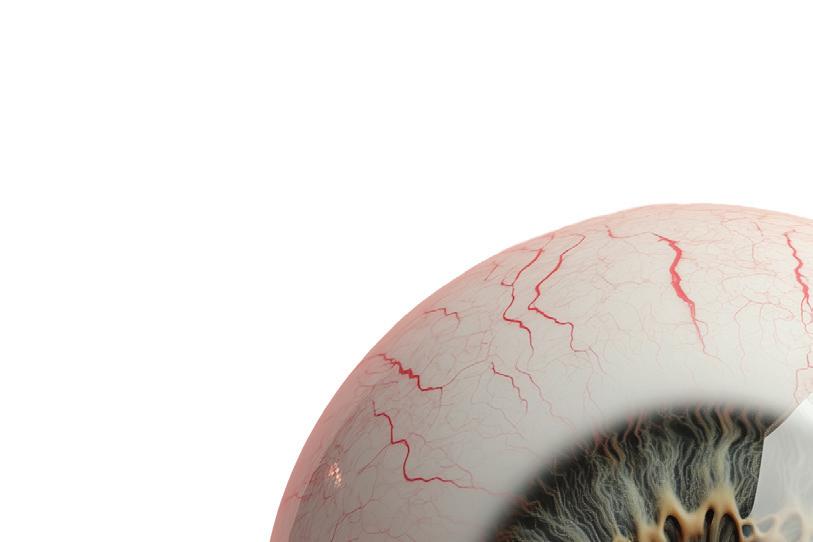
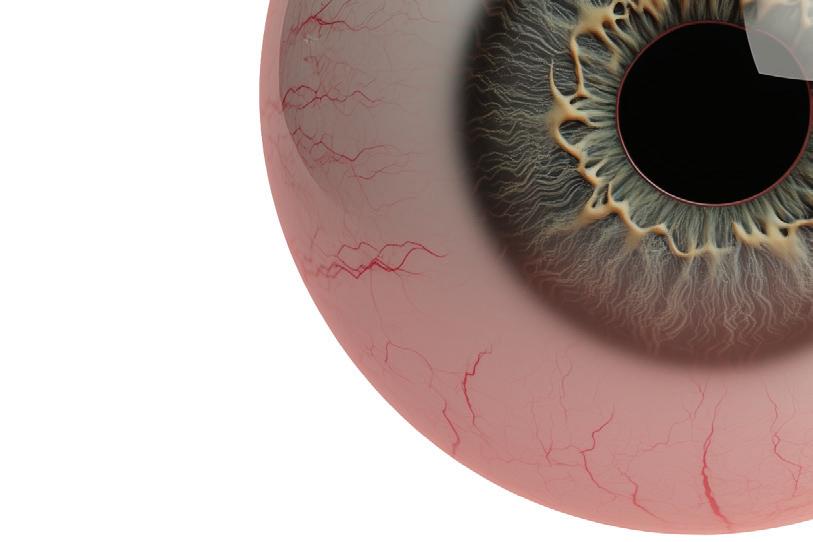









• Buyers don’t want to hear about how great your company is. They want to see how they succeed with your help.
• Instead of: “Our software automates work�ows,”
• Try: “You’ll never have to waste time on manual tasks again.”

• Show situations they recognize from their daily work life.
• Example: “Picture this: You’re on a deadline, and the data you need is buried in a hundred spreadsheets. Sound familiar? That’s exactly why we built [solution].”

• Structure them like a journey: The problem → The struggle → The transformation
• Example: “Before [solution], their team was spending 20+ hours a week on manual reporting. It was slowing them down, and deadlines were constantly missed. After [solution], they reduced that to just 3 hours - and their reporting accuracy skyrocketed.”
Stories aren’t just memorable - they make the abstract real
HP launched “The Wolf,” a series of short films starring Christian Slater, to highlight the often-overlooked security vulnerabilities in o�ce printers. This campaign showcased HP’s advanced security features as essential for protecting corporate networks.
(Source: Leapmesh)
B2B buyers may be making business decisions, but they’re still humans - with stress, pressures, and ambitions just like everyone else.
Yet, so much B2B marketing is cold, robotic, and overly technical. It focuses on features instead of frustrations, on logic instead of impact. But: emotion drives decisions. Buyers don’t just ask, “Does this product work?” They ask, “Does this product make my job easier? Does it make me look good? Will it reduce my headaches?”
The best B2B professionals don’t just sell solutions - they sell relief, progress, and confidence

Source: CEB’s Marketing Leadership Council and Google

What annoys them? What are they tired of dealing with?
Example: “You’re drowning in spreadsheets. Manual tracking is wasting hours of your time. We �x that - instantly.”

Show how your solution makes buyers’ lives easier - not just their company more e�cient.
Example: “No more late nights �xing reports. Get your time back.”

Buyers fear falling behind, making mistakes, or choosing the wrong tool. A little loss aversion can nudge them toward action.
Example: “Every day you wait, you’re losing potential revenue. Can you a�ord that?”
People buy with emotion and justify with logic. If your messaging lacks an emotional connection, you’re missing a massive opportunity.
State Street Global Advisors installed the “Fearless Girl” statue facing Wall Street’s iconic charging bull. This powerful symbol promoted gender diversity in corporate leadership, resonating deeply with audiences and sparking global conversations. It also reportedly generated $7.4 million in PR value
Buyers don’t always feel the pain of their problem - until they do
The Empathy Gap explains why people underestimate future problems or challenges. They might know something is an issue, but they don’t feel the urgency to fix it until they’re struggling with it firsthand


• Example: “Right now, manual reporting might seem manageable - but what happens when your company scales? Will you be able to keep up?”
• Make buyers feel the future problem now, before it becomes overwhelming

• Example: “Before switching to us, [Company X] struggled with slow reporting. They didn’t realize how much time they were wasting - until they made the switch.”
• When buyers see themselves in a real-world case study, the urgency feels real

• Example: a cybersecurity firm might launch campaigns right after a major data breach makes headlines, when buyers are acutely aware of the risk. The same principle applies to recurring trigger points - like month-end crunches or holiday rushes - when the pain is front and center.
• Buyers are more receptive to a solution when they’ve just experienced - or witnessed - the pain firsthand.
When buyers are emotionally connected to a problem, they’re far more likely to take action.
The empathy gap describes our tendency to underestimate the influence of varying mental states on our own behavior and make decisions that only satisfy our current emotion, feeling, or state of being.
Source: The Decision Lab
Buyers don’t just look at solutions - they look at who else is using them
If competitors are adopting a certain tool, approach, or strategy, it instantly increases credibility. No one wants to be the last company clinging to outdated processes while competitors gain an advantage.
This is why competitor adoption is one of the strongest forms of social proof in B2B marketing. It turns your solution from a nice-to-have into a must-have


• Showcase logos, testimonials, or case studies from well-known companies.
• Example: “Leading brands like [Big Name 1] and [Big Name 2] have already switchedwhy? Because it’s working.”

• Show how competitors are gaining a measurable advantage by adopting new solutions.
• Example: “Companies that implemented this strategy saw a 32% increase in e�ciencywhile others fell behind.”
The key? Make buyers feel like they’re missing out if they don’t take actionbecause in many cases, they are.
of B2B customers cited testimonials and recommendations as the most reliable type of content.
Source: Demand Gen Report




Awareness is just the beginning. Interest alone doesn’t drive action
B2B buyers might recognize their problem. They might even see how your solution can help. But that doesn’t mean they’re ready to act. Indecision is the silent deal killer
The longer a prospect delays, the less likely they are to buy. Other priorities take over. Budgets shift. They convince themselves they can “wait and see.” And before you know it? The deal is dead.
That’s why urgency matters.
Urgency isn’t about pressure - it’s about priority . Buyers don’t need more time to think. They need a compelling reason to act now.
People want what they can’t have - or what they might not have for much longer.
That’s the Scarcity Principle. The simple fact that something is limited in supply or not available to everyone makes it more desirable. In B2B, scarcity isn’t just a psychological trick - it’s a that drives buyers to act before an opportunity disappears. powerful motivator




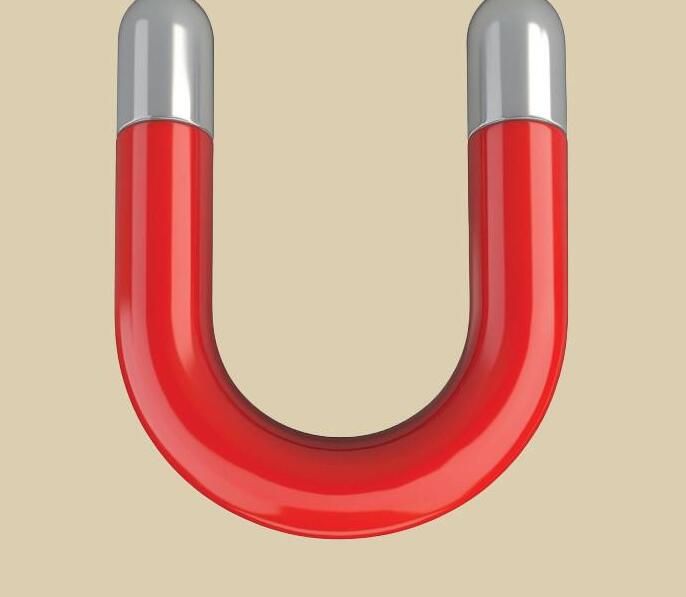

For example, during global supply shortages, Maersk warned shipping customers that containers were in short supply, advising early bookings to secure space and equipment.
• Clear Messaging: Articulate the limited nature of the offer explicitly. Use strong, action-oriented language like “Only 24 Hours Left!” or “Exclusive Offer for the First 50 Sign-Ups.”
• Example: An email campaign might feature a bold headline such as, “48-Hour Flash Sale: Get 30% Off Our Leading Analytics Software!”
• Visual Cues: Utilize visual elements like countdown timers, contrasting colors, and bold graphics to draw attention to the scarcity of the offer.
• Example: A landing page for a limited-time offer could prominently display a ticking countdown timer, creating a visual urgency that’s hard to ignore.
• Real-Time Updates: Provide live updates on the availability of the offer. Showing how many spots or units are left can heighten the sense of urgency.
• Example: An event registration page might show “Only 10 Seats Left!” to encourage quick sign-ups.
Scarcity forces buyers to stop delaying decisions because waiting could mean missing out
Scarcity works best when it feels authentic. If urgency tactics feel exaggerated or artificial, they stop in�uencing behavior and start hurting credibility. Instead of relying on false urgency, businesses can create genuine scarcity by:
Tying it to real constraints
Making offers time-bound for a reason
“Scarcity appeals are often used in marketing to increase the perceived value of a product or service, leveraging the psychological reactance that occurs when people feel their freedom to choose is limited.”
Source: Behavioral Science in Marketing
Scarcity creates demand. But a countdown creates action
Limited-time offers work because they add a deadline to the buying process. Buyers who might otherwise wait are forced to decide - because if they don’t? The deal disappears.
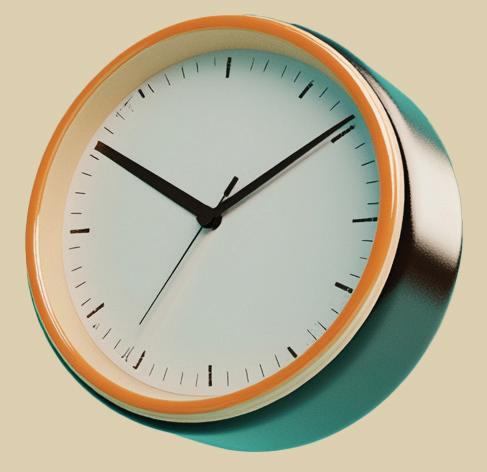


Use Clear Deadlines:
Example: “Sign up by Friday to get 20% off your first year.”

Count Down in Real-Time:
Example: A landing page with a live countdown timer for an offer expiring soon.

Frame It as a Rare Opportunity:
Example: “This deal won’t be available again this year.”
The shorter the window, the greater the urgency. A 24-hour �ash sale? Powerful A deal that lasts months? Easy to ignore
Time-sensitive offers consistently drive impressive results, achieving 30% higher sign-up rates during promotional windows.
Source: Send Trumpet
B2B buyers, like everyone else, are terrified of missing an opportunity.
FOMO is what makes conference seats sell out, new technologies gain rapid adoption, and businesses rush to stay competitive. When used correctly, FOMO eliminates hesitation by making inaction feel like a mistake


Showcase What Others Are Gaining:
• Example: “Over 5,000 companies are already using this - don’t get left behind.”

Highlight What They Might Lose:
• Example: “If you wait, you might be stuck using outdated processes while your competitors move ahead.”

• Example: “28 companies just signed up in the last 24 hours - join them now.”
LinkedIn does this brilliantly with their targeted ads, showing how peers and competitors are using their premium services to achieve greater networking success. The underlying message? If they’re benefiting, so could you – but only if you act now.
FOMO is one of the most powerful drivers of immediate action - because nobody wants to feel left behind.
We always need to balance our efforts to increase our prospective customer’s fear of missing out with a parallel effort to reduce or eliminate their fear of messing up.
Source: Bob Apollo (Art and Science of Complex Sales)
People hate losing more than they love winning. In fact, research shows that losses feel twice as painful as equivalent gains feel rewarding.
This is Loss Aversion - a fundamental principle in behavioral psychology. In B2B, buyers fear bad decisions, wasted budgets, and missed opportunities more than they crave success. Use this fear strategically.

Buyers in B2B situations often evaluate three paths: do nothing, choose a competitor, or adopt your solution. By framing each option through the lens of loss aversion, you help buyers see that doing nothing or choosing a competitor can be far riskier than they initially think.
1. Do Nothing (Status Quo)
• Emphasize how the status quo is actively detrimental, using real data to highlight hidden costs and risks.
• “Each month you delay, you risk major bottlenecks - potentially costing $50,000 in wasted time and missed revenue.”
2. Go With a Competitor
• Spotlight your product’s most distinctive advantage to show why competitor offerings can’t match the value you deliver.
• “A generic solution often comes with hidden fees, driving up costs by 20% without truly solving your biggest challenge.”
3. Adopt Your Product
• Clearly tell the story of how your solution addresses their immediate pain points more effectively than the status quo or going with a competitor.
• “By using our platform, a mid-sized distributor saved $8,000 a month - funds they immediately reinvested in sales growth.”
McAfee’s marketing to corporate IT leaders leans heavily on loss aversion. By highlighting potential downtime, revenue loss, and reputational damage, they spur clients to act quickly. Executives prefer to avoid these major losses rather than gamble on cheaper but less robust security solutions.
We are roughly 2.5 times more sensitive to losses than we are to gains of similar size.
Source: Inside BE
We are roughly 2.5 times more sensitive to losses than we are to gains of similar size.
(Source: Inside BE).
Exclusivity isn’t just about discounts - it’s about status.
When buyers feel like they’re part of an elite group, it makes the offer more valuable. It’s why VIP memberships, invite-only events, and “insider” access work so well. Exclusivity transforms an offer into a privilege.
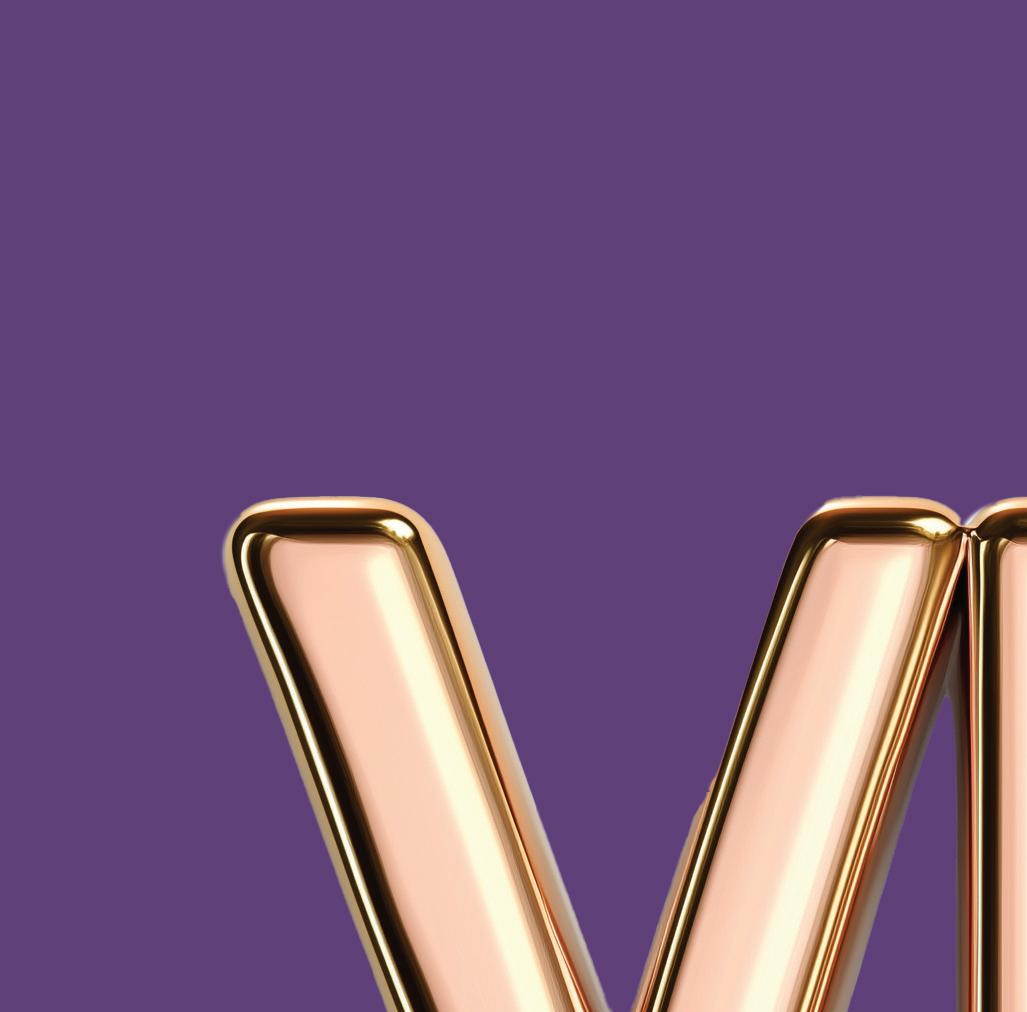
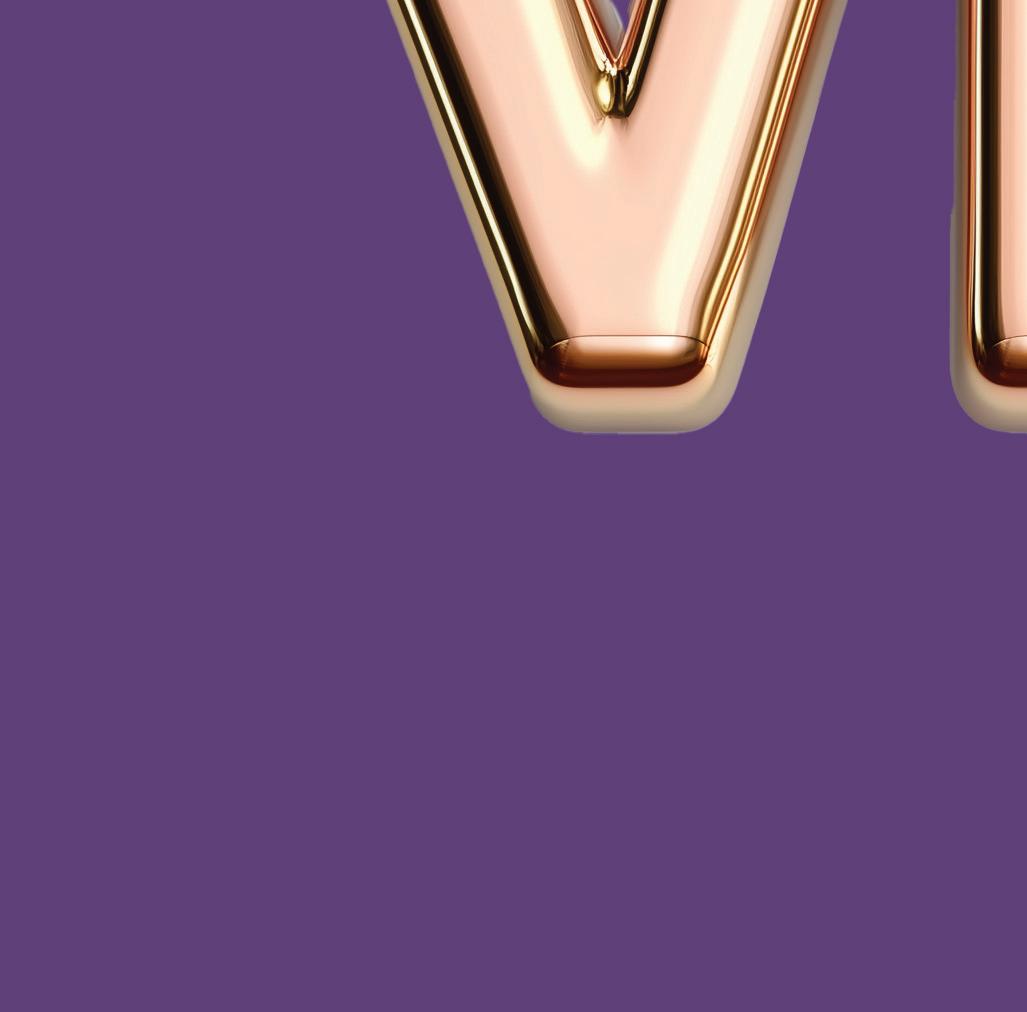
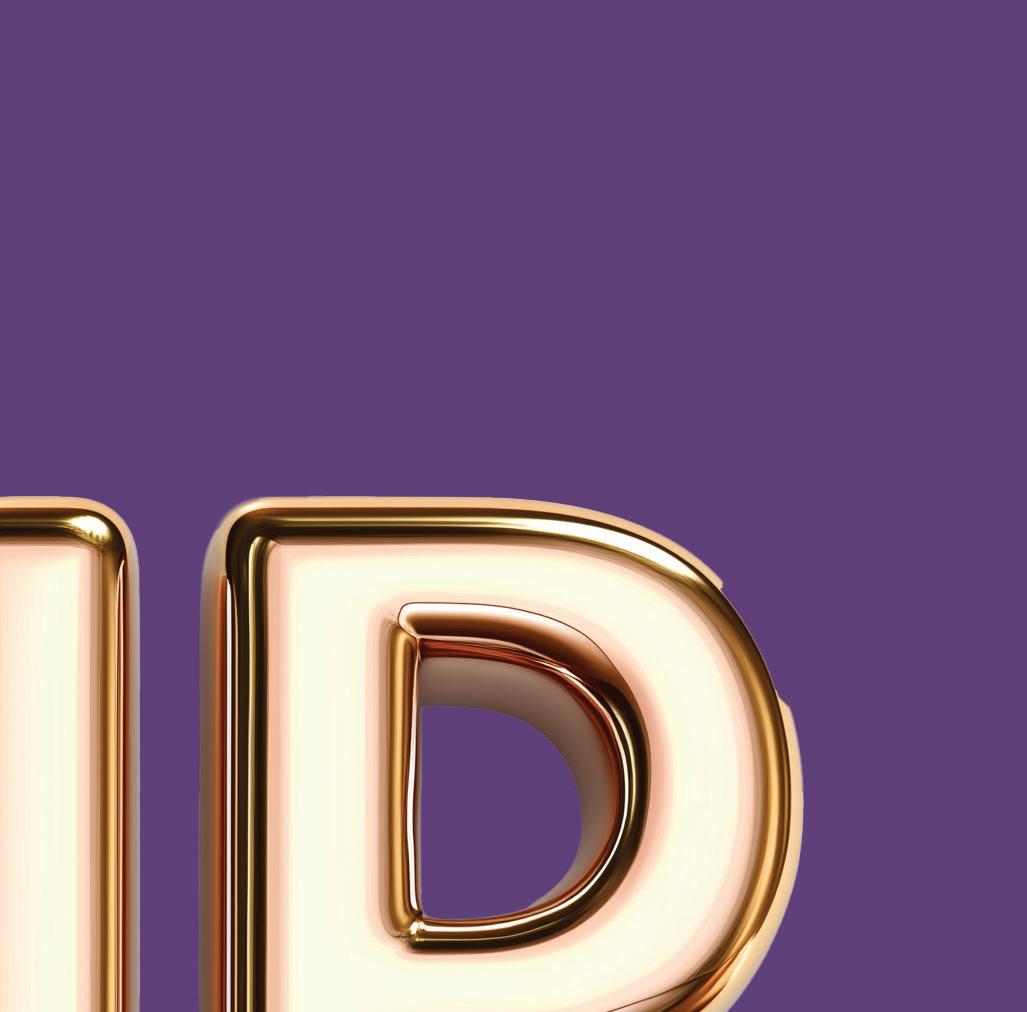
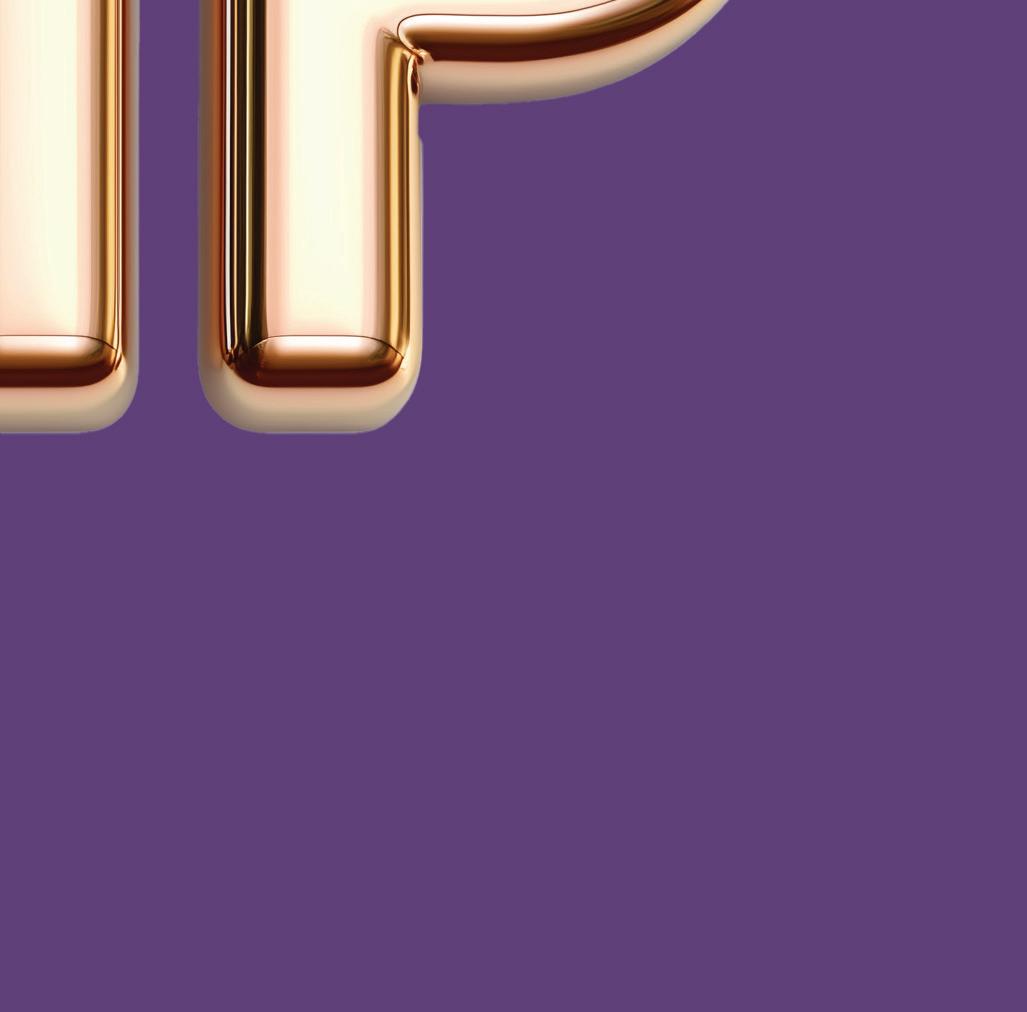


Invite-Only Access:
• Example: “As a valued customer, you get �rst access to our new platform.”

Limited-Entry Webinars & Events:
• Example: “Only available to the first 50 sign-ups.”

Members-Only Pricing:
• Example: “This o�er is only for our enterprise partners.”
Exclusivity works because people want what others can’t have - and they want to be part of something special.
Only 1-10% of a company’s customer base are VIP customers, but they contribute 20-50% of total revenue
Source: McKinsey
People undervalue future rewards compared to immediate gratification. This is called Temporal Discounting, and it’s why buyers respond better to quick wins than to long-term promises


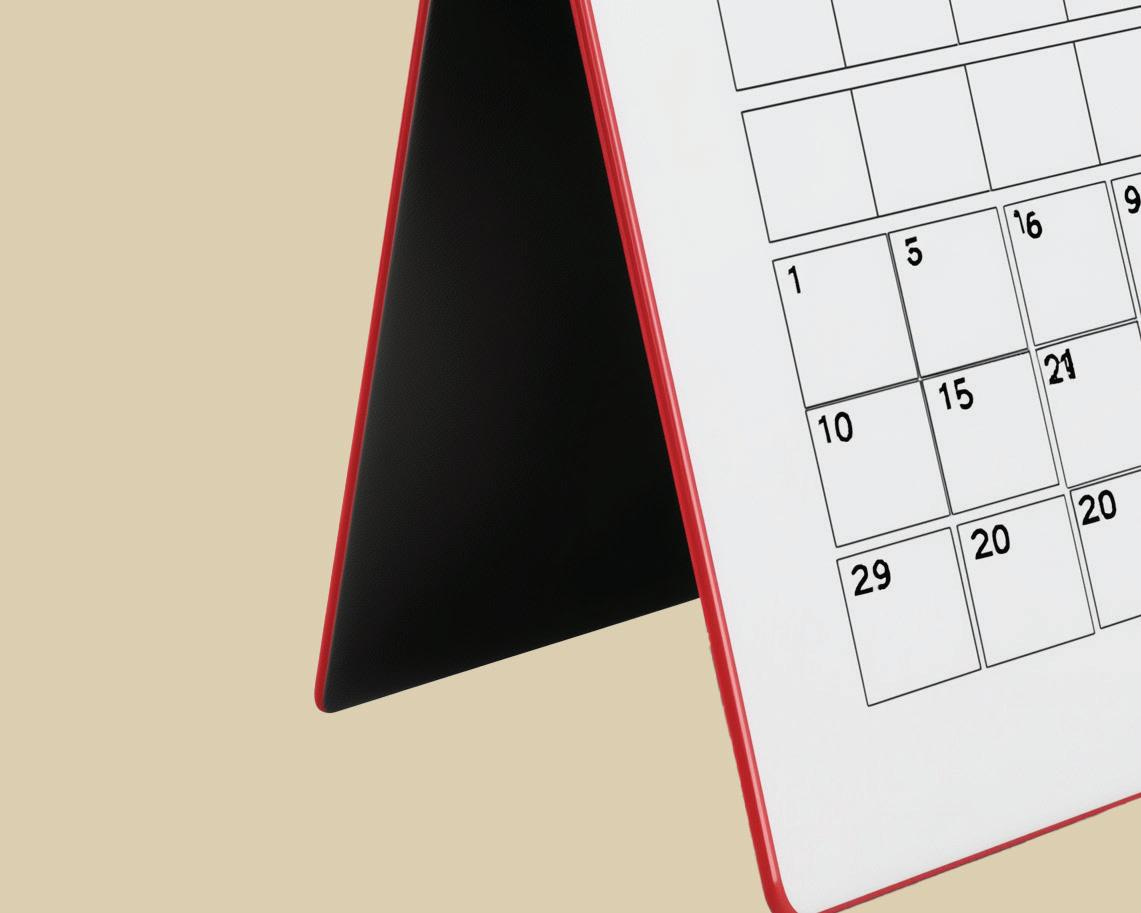

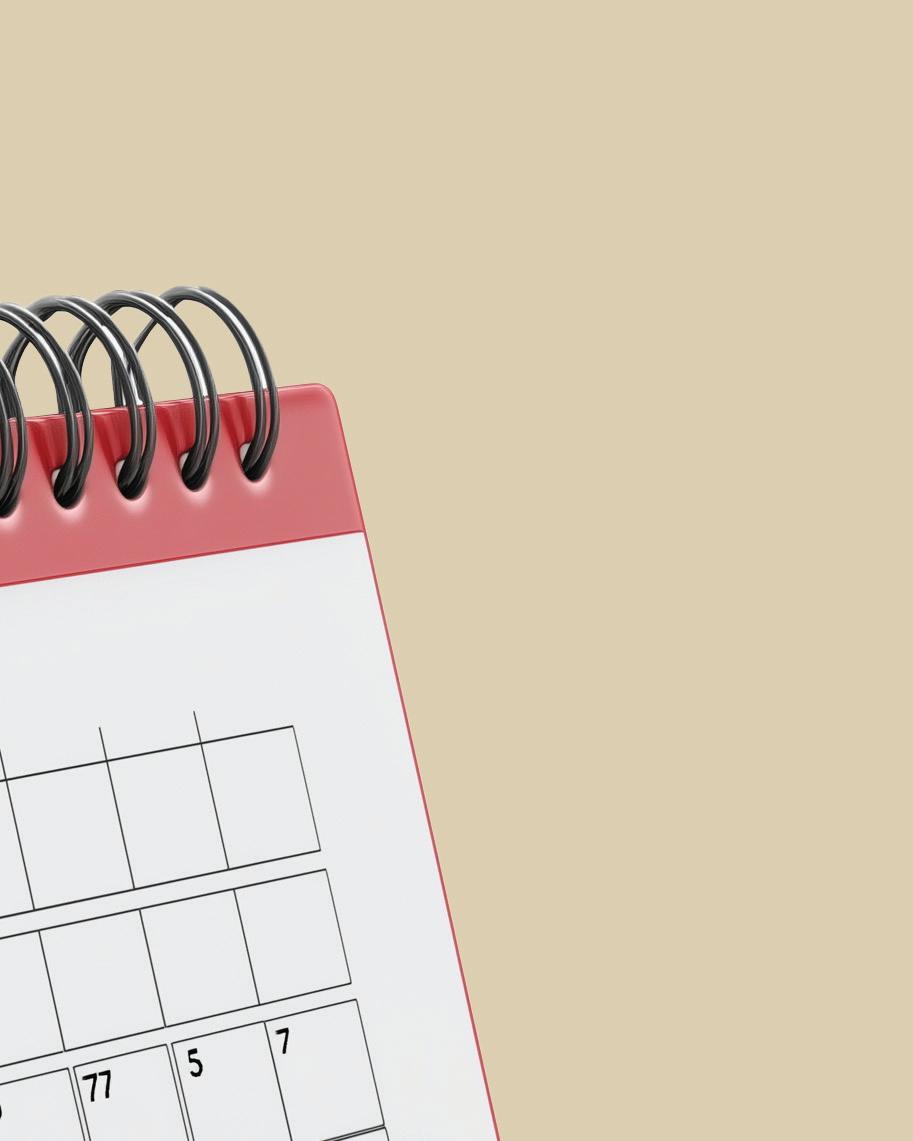

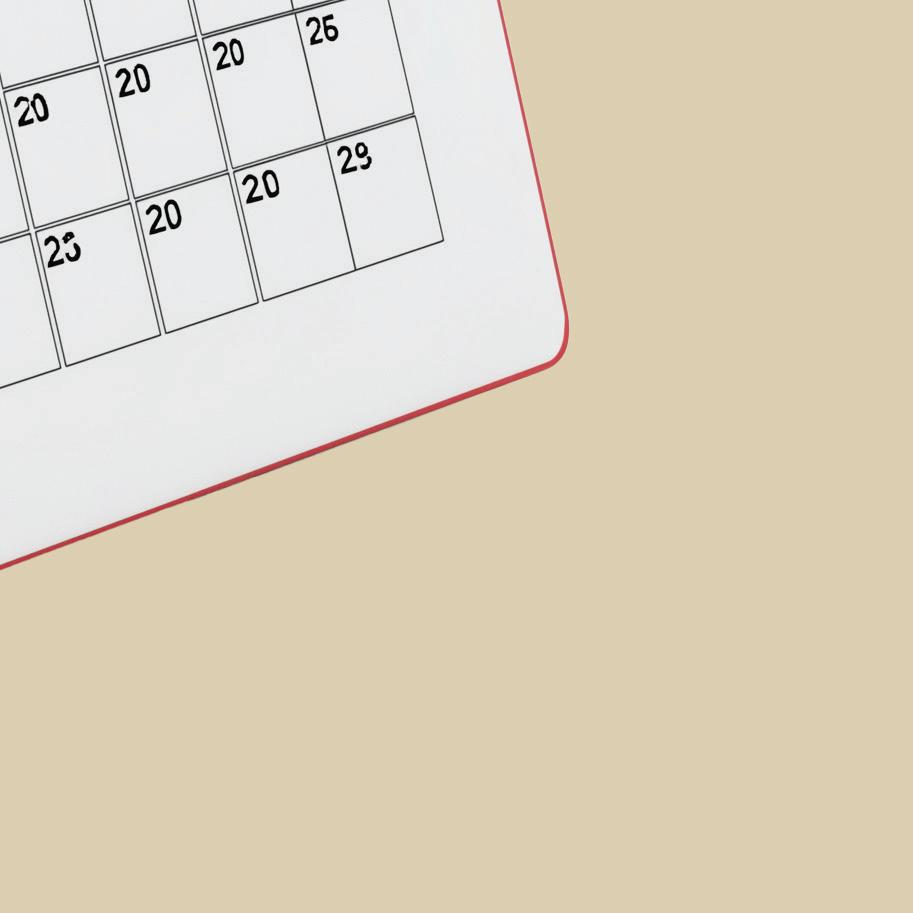


Offer Instant Value:
• Example: “Get results in your �rst 30 days - or your money back.”

Highlight Quick ROI:
• Example: “Customers see an average of 20% growth in their �rst 90 days.”

Give a Fast Start:
• Example: “You’ll be onboarded in just 48 hours - no downtime.”
The faster buyers can see results, the easier it is to say “yes.”






An interested buyer is not a closed deal.
Even when a prospect is excited, and ready to act, they can still hesitate. Why? Because the decision-making process itself can feel overwhelming.
Too many choices. Too much information. Too many approval steps. Complexity kills momentum.
In B2B sales, hesitation doesn’t just delay a deal - it can kill it entirely. Buyers take the path of least resistance. If making a decision feels hard, they’ll default to doing nothing. But when you remove friction, clarify choices, and make the process feel effortless, you accelerate conversion.
Source: Oracle
Price isn’t just a number. It’s a reference point.
The Anchoring Effect is a cognitive bias where people rely heavily on the first piece of information they receive. In B2B, this means that the first price a buyer sees shapes how they perceive value - whether it’s your full price, a competitor’s price, or a strategic comparison.

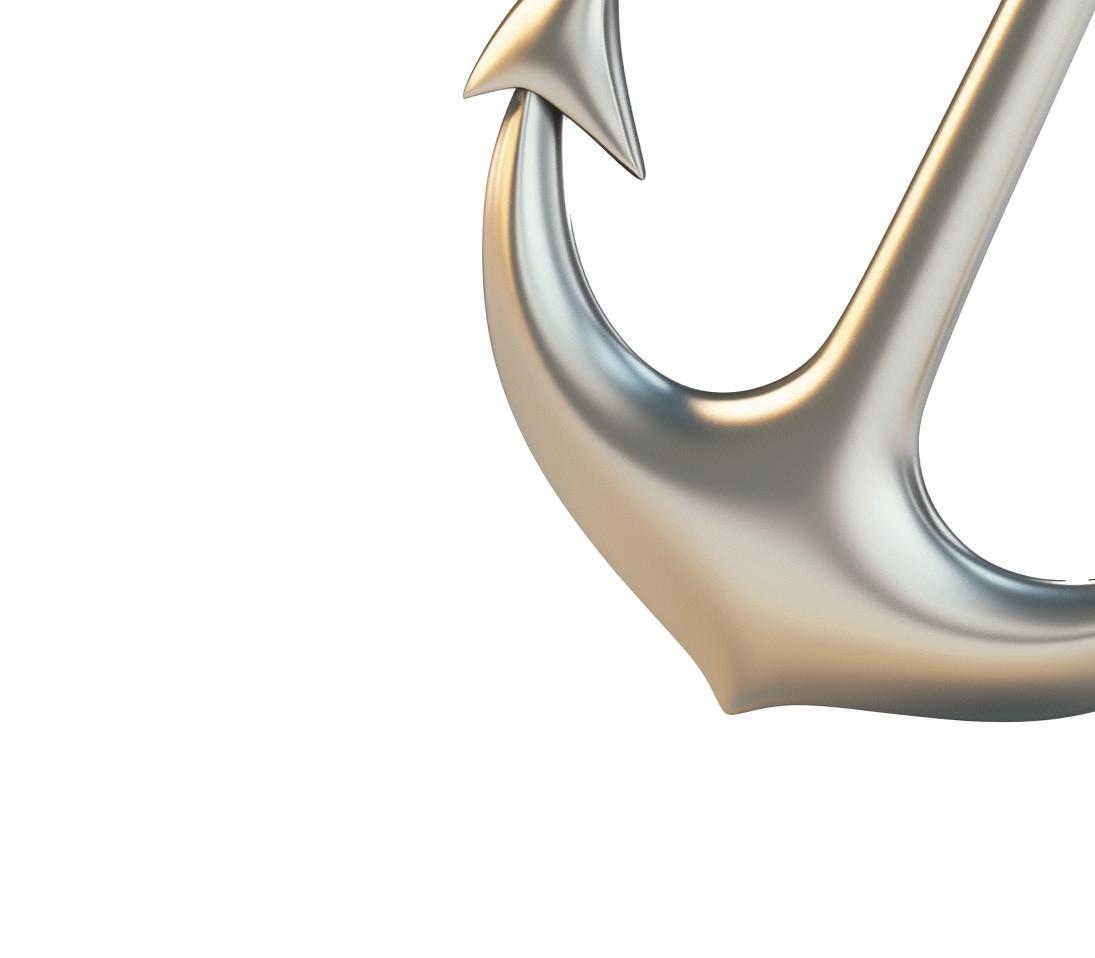

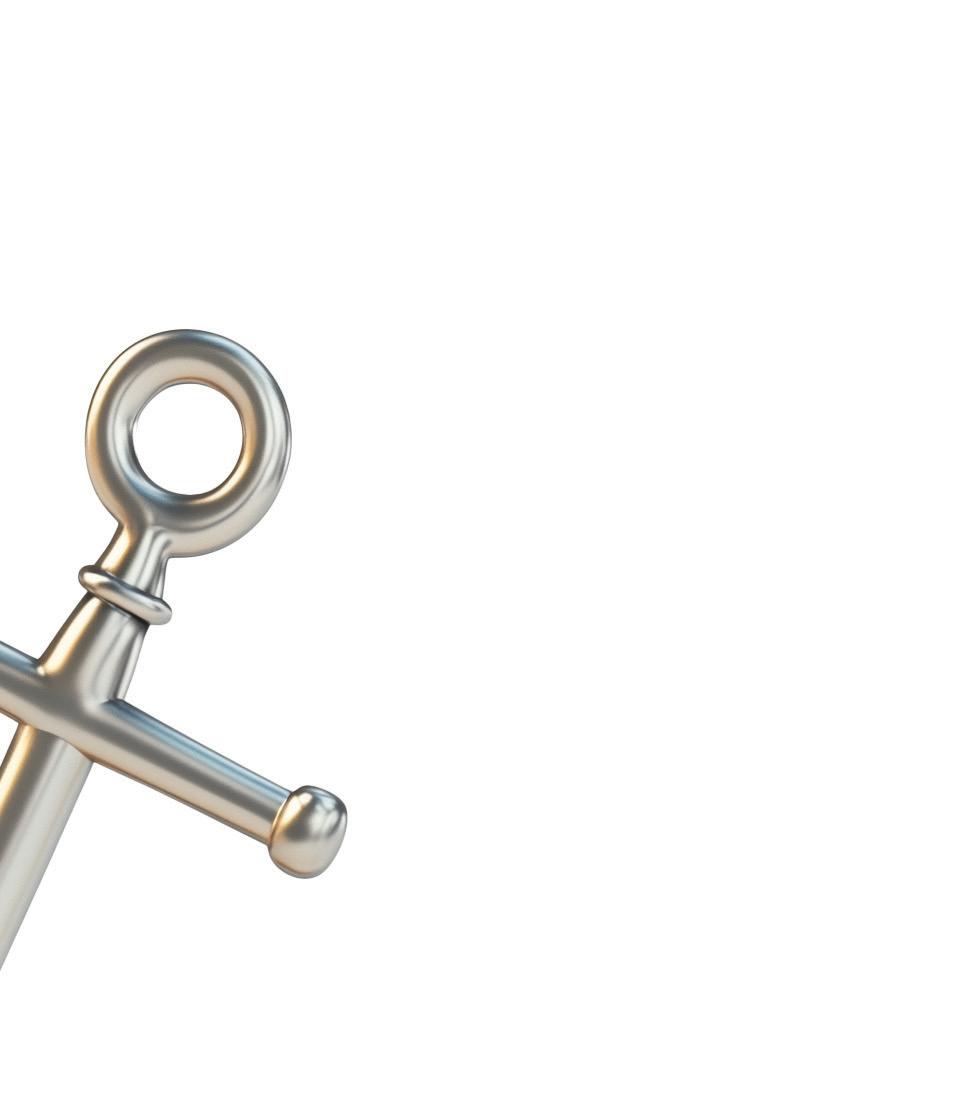
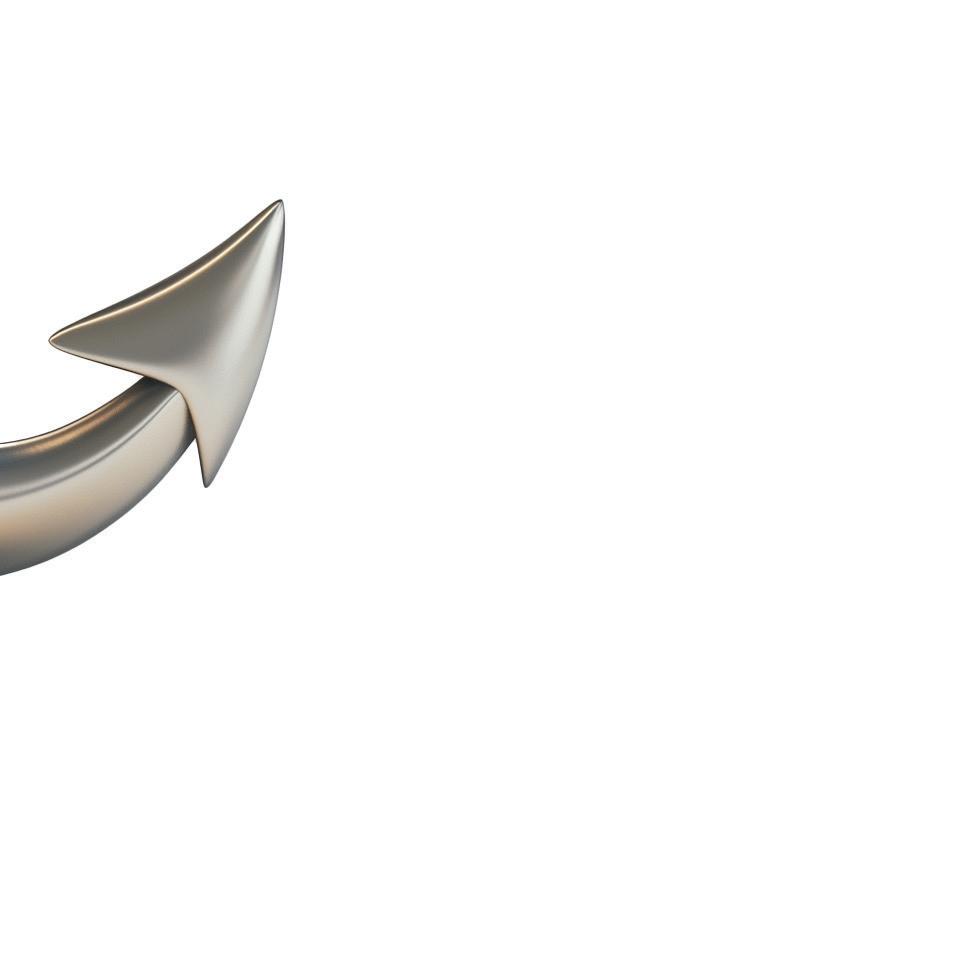


Tiered Pricing (Guiding Buyers to the Right Choice)
Offering 3-4 plans lets buyers self-segment, making the choice feel customized, not forced.

Value Pricing (The “Middle”)
• Example:
• Basic Plan: $99/month
• Pro Plan: $249/month (Best Value)
• Enterprise Plan: $799/month

Bundled Value (Make It Feel Like a Deal)
• Example: “Our Standard Plan is $149, but for just $50 more, you get $500 worth of additional features.”

Entry-Level Offers (Lower the Commitment Barrier)
• If a high price creates hesitation, offering a starter package, free trial, or flexible payment plan gets them in the door.
B2B buyers don’t just look at cost. They look at perceived value. The right pricing strategy ensures they see the best deal - and take action
Salesforce’s pricing page presents an “Einstein 1 Sales” plan at a higher monthly cost, making other tiers (like “Enterprise” or “Unlimited”) seem more affordable by comparison. By seeing the high anchor first, buyers feel the mid-range options are a great deal.
A 1% change in pricing plan can increase the bottom line by up to 12.70%
Source: Price Intelligently
Price is only part of the equation. What matters more is how buyers perceive value
In B2B, decision-makers often have to justify their purchase - to themselves, their team, or their boss. If they don’t feel like they’re getting a strong return on investment, doubt sets in. The key is to frame your solution as more than just a cost - it’s an asset, a strategic advantage, and a smart investment

Shift the Focus from Cost to ROI
• Example: “Instead of thinking of this as a $10,000 expense, think of it as an investment that will save your team 300 hours this year.”
• Buyers need to see the bigger picture - how your solution saves time, increases e�ciency, or drives revenue

Use Social Proof to Validate Value
• Case studies, testimonials, and benchmarks help buyers justify their decision by proving others have succeeded.
• Example: “90% of companies that implemented this solution saw a 2X increase in productivity.”

Rea�rm Their Smart Choice After Purchase
• A simple post-purchase email like “Congratulations! You’ve joined 5,000+ companies using this to grow faster” can immediately boost confidence
Perceived value isn’t just about what buyers pay - it’s about what they feel they’re getting in return
Too many choices lead to paralysis. Buyers hesitate when options feel overwhelming.
Feature comparisons help by providing clear, structured information, making it easy to see the differences and choose confidently


Highlight Key Differences, Not Every Detail
• Focus on 3-5 major differentiators - don’t make buyers do the work.
• Example: Instead of listing 50 technical specs, say: “Our software automates 90% of manual tasks - competitors don’t.”

Use a Simple Visual Comparison Table
• Side-by-side comparisons help buyers quickly understand what they’re getting.

Use Green & Checkmarks to Signal the Best Choice
• People skim - use bold labels, highlights, and visual cues to guide their decision.
If buyers struggle to compare, they delay the decision. Make it obvious which choice is best
Source: Oracle
People are more likely to stick with default settings than make extra choices.

Pre-Select the Most Popular Choice
• Example: On a pricing page, have the best-value plan automatically highlighted.

Auto-Fill Fields & Pre-Set Preferences
• Example: “We pre-�lled your details to make sign-up faster.”
Making decisions is work. The less buyers have to think, the more they’ll act.
Slack sets default channels (like #general, #random) when a new company signs up, reducing the user’s setup burden. Because defaults are rarely changed, Slack quickly becomes the central hub.

The easier something is to process, the more trustworthy and appealing it feels.
When messaging is clear, direct, and visually clean, buyers feel confident and take action faster.



• Instead of: “Our cutting-edge solution maximizes e�ciency through AI-powered automation.”
• Say: “Automate your work�ow in minutes. No coding needed.”

• People skim - break key points into short, digestible chunks

• Use white space, bold headlines, and large buttons to make navigation effortless.
The easier your message is to process, the more persuasive it becomes. Don’t make buyers work to understand you.








Getting a buyer’s attention is one thing. Keeping them engaged and moving toward a decision? That’s another.
B2B buyers don’t make instant decisions. They research, compare, discuss with stakeholders, and evaluate risks. Even when they’re interested, distractions, competing priorities, and internal roadblocks can stall progress.
That’s why engagement isn’t a single moment - it’s a continuous process.
Once a buyer enters your funnel, your job isn’t just to hold their interest - it’s to keep them motivated. They need reminders, nudges, and reinforcement that choosing your solution is the right move. The longer they stay engaged, the more likely they are to convert.
Humans are wired for reciprocity - when someone gives us something of value, we naturally want to return the favor. In B2B, this means that providing value upfront creates a sense of obligation that makes buyers more likely to engage, trust, and eventually purchase from you.
Think about it: Who would you rather buy from? A company that immediately tries to sell you something? Or one that gives you useful insights, tools, or resources before asking for anything in return?
The principle of reciprocity works because buyers feel like they’re getting something before they commit - which lowers resistance and increases goodwill.

Reciprocity is a deep instinct; it is the basic currency of social life.
Source: Jonathan Haidt

Give Before You Ask
• Offer free tools, reports, or insights that solve a real problem for your target buyers.
• Example: “Download our industry benchmark report - no strings attached.”

• Provide a free audit, strategy session, or personalized recommendation.
• Example: “Get a free 15-minute consultation to uncover ine�ciencies in your process.”

Position Your Free Value as Exclusive & Limited
• Example: “Only the �rst 100 sign-ups get access to our private strategy webinar.”
When buyers receive value upfront, they’re more likely to trust, engage, and ultimately say yes to a paid offer.
HubSpot built a massive following by providing free CRM, educational eBooks, and marketing courses up front, no strings attached. This fueled a sense of reciprocity: the give-first approach was pivotal to HubSpot’s viral growth.
Seeing is believing - but experiencing is converting.
Free trials work because they remove the risk of commitment. Instead of asking a buyer to trust that your product works, you let them see the value firsthand. Once they start using it, they become invested - and the more time they spend with it, the harder it is to walk away.
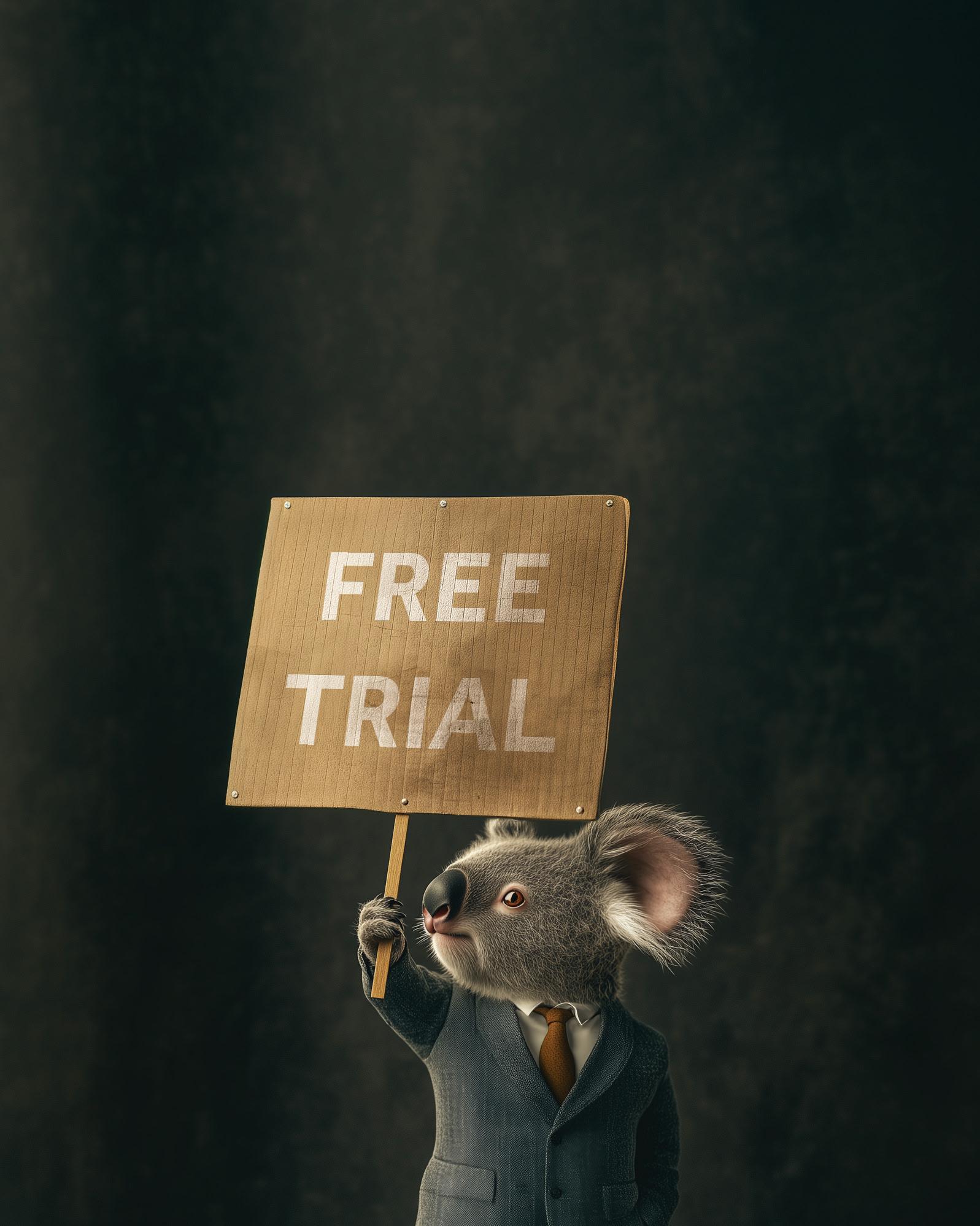

• Reduce friction by offering trials without requiring credit cards or long sign-up forms.
• Example: “Start your 14-day trial in one click - no payment needed.”

• Help trial users see immediate benefits with email sequences, video walkthroughs, or dedicated onboarding support.
• Example: “Try these three features today to reduce your reporting time by 50%.”

• Example: “Your trial expires in 3 days - don’t lose your progress.”
A well-designed free trial doesn’t just showcase the product - it eliminates doubt.
While you’re here, why not take a free trial of Lead Forensics to identify your anonymous B2B website visitors? Just scan the QR code to start (there’s even a nice little surprise waiting for you!).
of users who start a free trial will convert to paying customers.
Source: Userpilot
Once a buyer takes a small action, they’re more likely to take a bigger one. This is the principle of commitment & consistency - if someone has already engaged with your brand, they’re more likely to want to stay consistent with that behavior.

of B2B buyers would go to a competitor if a supplier’s digital channel fails to keep up with their needs.
Source: Avionos B2B Buyer Report

Get Micro-Commitments Before the Sale
• Encourage low-risk actions like signing up for a webinar, downloading a report, or engaging in a quiz.
• Example: “Take our free assessment to see where your biggest revenue leaks are.”

If they sign up for a free trial, prompt them to complete key actions. Example: “Step 1: Connect your data. Step 2: Run your �rst report. Step 3: See instant insights.”

Make Their Progress Visible
Example: “You’ve completed 3 of 5 setup steps - almost there!”
When buyers start small, they’re more likely to follow through on a bigger purchase.
Most B2B buyers don’t convert right away. They need time, reminders, and ongoing engagement. That’s where lead nurturing comes in.


• Example: “Hey [First Name], based on your interest in [Topic], I thought you’d �nd this guide helpful.”

• New leads? Educate them. Warm leads? Share case studies. Ready-to-buy leads? Offer a demo or pricing details

• A well-timed follow-up email, LinkedIn message, or webinar invite keeps leads engaged without overwhelming them.
The better your nurture sequence, the more likely leads are to convert.
Companies that excel at lead nurturing generate 50% more salesready leads at a 33% lower cost.
Source: Sender
The Foot-in-the-Door principle states that if you can get someone to agree to a small request, they’re more likely to agree to a bigger one later.

Start Small
• Example: “Can I send you a quick case study?” (before asking for a meeting).

Ease Them Into a Sales Call
• Instead of jumping straight to a demo, offer a short, no-pressure conversation first.
• Example: “Would you be open to a quick 10-minute chat? No pitch, just insights.”

Use Interactive Content to Build Engagement
• Quizzes, calculators, and self-assessments get prospects engaged before the sale
• Example: “Find out how much revenue you’re losing - take our quick assessment.”
People love progress and competition When you make engagement feel like a game, buyers stay motivated and involved.


Create a Challenge or Score-Based Quiz
Example: “How strong is your sales pipeline? Get your score now.”

Reward Micro-Engagements
Example: Offer discounts, exclusive content, or badges for completing key actions.

Use Milestones to Keep Buyers Engaged
Example: Show progress bars or checklists to encourage action.
IBM developed Innov8, a business process management (BPM) simulation game designed to help clients and MBA students understand BPM concepts in a virtual environment. Engaging students and professionals early in their careers increased familiarity with IBM’s BPM solutions, leading to longterm brand loyalty.
Companies using game mechanics experienced an average annual net gain of 4.1% in revenue
Source: Aberdeen Group







Interest and urgency can bring a buyer to the edge of a decision - but without trust, they won’t take the final step.
B2B purchases come with high stakes. Buyers aren’t just choosing a product; they’re making a decision that could impact their business, their team, and even their own reputation. The fear of making the wrong choice is often stronger than the excitement of making the right one
That’s why trust is everything.
Before a prospect finalizes a purchase, they need to feel confident, reassured, and certain they’re making the best choice. Any lingering doubts - about reliability, ROI, or risk - can derail the deal at the last moment. Your job is to eliminate those doubts before they stop the sale
Case studies aren’t just testimonials - they’re proof that your solution delivers real, measurable results.
A well-structured case study follows a clear narrative:
1. The Challenge – What problem did the client face?
2. The Solution – How did your product or service help?
3. The Results – What measurable success did they achieve?
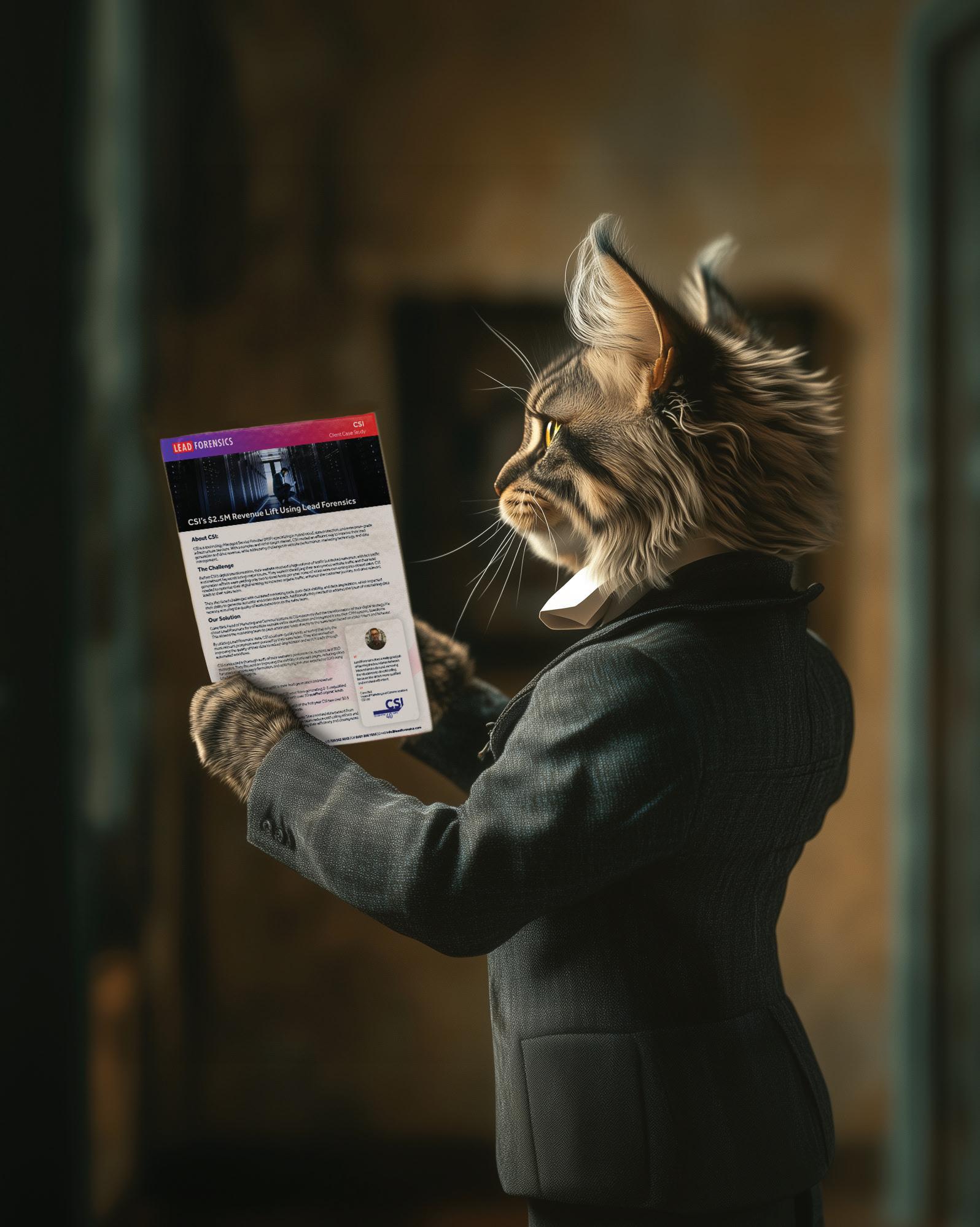
Explore Lead Forensics’ success stories at leadforensics.com/case-studies to see how our software has helped businesses boost their sales pipeline, maximize marketing ROI, and enhance customer satisfaction.

• Example: “By implementing our solution, Company X reduced customer churn by 32% in 90 days.”
• Numbers provide concrete proof that your product works.

• Example: “Before [Solution], we struggled with X. Now, our team saves 15 hours per week.”
• A real voice makes the story more relatable and credible.

• Buyers relate more to case studies from their own industry
• Example: If you’re selling to SaaS companies, highlight success stories from other SaaS firms.

• Buyers won’t read a 10-page PDF - focus on the key pain points and transformation.
When a prospect sees that another company just like theirs succeeded, their biggest question shifts from “Will this work?” to “How soon can we start?”
Source: Content Marketing Institute
The closer people feel to completing a goal, the more motivated they are to finish.
This is the Endowed Progress Effect - when buyers believe they’ve already made progress, they feel invested in finishing what they started

- people who are endowed with progress towards a goal increase the effort that they exert in reaching that goal.”
Joseph C. Nunes and Xavier Drèze

• Example: “You’re 75% of the way to completing your account setup!”
• Seeing progress makes people want to finish what they started.

• Example: A loyalty program that starts with 2,000 free points instead of zero.
• Buyers feel like they’re already on their way to earning a reward, so they’re more likely to continue.

• Example: “You’ve already downloaded our guide - now take the next step with a free strategy call.”
• Buyers feel like they’ve already invested effort, so completing the process feels more natural.
When buyers feel like they’re already part of the way there, they’re far more likely to complete the journey.
Buyers trust other buyers more than they trust brands.
A well-placed testimonial acts as a third-party endorsement that eliminates doubt and reinforces credibility. When prospects see that real people have had success with your product, they feel safer moving forward


• A vague quote from “John D., Marketing Director” feels generic
• A quote from “Jane Smith, VP of Growth at Acme Tech” with a company logo builds instant credibility

• A recorded client success story feels authentic - it’s harder to fake enthusiasm on camera than in text.

• Include them on pricing pages, email campaigns, landing pages, and proposals.
• Example: A buyer on the fence about signing up for a demo? A testimonial next to the CTA could tip them over the edge.

• If you’ve been recognized by industry leaders, showcase it!
• Example: “Voted #1 CRM Software by G2 Crowd.”
The right testimonials at the right moments push hesitant buyers toward a confident decision.
Source: Wisernotify
Buyers make split-second trust judgments based on visual cues. Trust signals - like certifications, security icons, and guarantees - help reduce uncertainty before a buyer even engages with your sales team.

Third-Party Certifications
Example: ISO Certi�cations, SOC 2 Compliance, GDPR Compliance, etc.
Why It Works: Certifications show that your company meets industry standards.

Security Badges & Guarantees
Example: SSL badges, “100% Secure Checkout” icons, money-back guarantees. Why It Works: Buyers feel safer knowing their data and payments are secure.

Risk-Reversal Guarantees
Example: “Try it for 30 days, risk-free.” Why It Works: A guarantee eliminates buyer hesitation and lowers perceived risk.

Popularity & Usage Stats
Example: “Trusted by 10,000+ companies worldwide.” Why It Works: Large numbers create credibility and FOMO.
If buyers see visual proof that your company is safe, reliable, and endorsed, they’ll be far more likely to trust - and buy.
Authority matters.
If an industry expert, thought leader, or influencer supports your product, buyers are far more likely to trust it. Endorsements transfer credibility - buyers assume that if the expert trusts your brand, they should too

Source: getcontrast.io

• Example: “Here’s what top marketing strategist John Doe says about our platform.”

Example: Guest blogs, LinkedIn posts, and media mentions boost credibility

Example: A SaaS company could invite a well-known growth strategist to discuss scaling sales - subtly positioning their software as the solution.

Example: “As seen in Forbes, TechCrunch, and Harvard Business Review.”
Expert endorsements help buyers trust your brand faster - without a hard sell.
Who you associate with impacts how buyers perceive you. If your company is partnered with industry leaders, Fortune 500 brands, or respected institutions, that credibility rubs off on you.

Display Partner Logos on Your Website & Marketing Materials
Example: “Proud partner of HubSpot, Salesforce, and AWS.”

Co-Branded Content & Case Studies
Example: A software company partnering with Google Cloud to showcase performance improvements.

Industry Association Memberships & Sponsorships
Example: “Member of the National Association of Marketing Professionals.”

Integration Partnerships
Example: If your tool integrates with Slack, Shopify, or Zoom, highlight it!
When buyers see that trusted brands are working with you, their confidence in your company skyrockets.
Cisco and IBM formed a partnership to integrate their technologies, offering combined solutions in areas like cybersecurity and the Internet of Things (IoT). This collaboration uses each company’s strengths to provide enhanced value to their customers and strengthens the market position of both companies.
After making a big decision, buyers experience cognitive dissonance - that nagging feeling of doubt.
• Did I make the right choice?
• Is there a better option I overlooked?
• What if this doesn’t work?
Your job? Eliminate that doubt immediately


Send an Immediate Welcome & Reassurance Email
• Example: “Welcome! You’ve made a great choice - here’s what to expect next.”
• This small step reminds buyers that they’ve made a smart investment.

Reinforce the Buyer’s Decision with Early Wins
• Example: “By next week, you’ll already start seeing X bene�ts.”
• Set clear expectations for success so buyers feel excited, not anxious.

Use Social Proof to Validate Their Decision
• Show real customers succeeding: Use case studies & testimonials in onboarding emails.
• Reinforce progress: “You’re ahead of 80% of new users—keep going!”
• Use community validation: “Join 2,000+ power users sharing success strategies.”
The more reassured a buyer feels, the less likely they are to second-guess their decision.
Lead Forensics implements a comprehensive onboarding program for new clients, including training sessions, dedicated support, and resources. This proactive approach ensures clients feel confident in their purchase decision and are set up for success with the tool.
Source: Gartner
The real key to retention? Support doesn’t end at purchase. It’s what happens after the sale that determines whether buyers stick around - or churn.
If a buyer struggles to implement your solution, has a bad onboarding experience, or feels unsupported? They’ll regret their purchase

• Example: “Our team will walk you through setup step by step - zero technical knowledge needed.”
• Buyers should feel guided, not lost

• Example: A 30-day follow-up email: “How’s everything going? Need help optimizing your setup?”
• Proactive support reduces churn and builds loyalty

• Example: “Get insider strategies from top industry leaders in our private customer forum.”
• Customers who feel like they’re part of something bigger are more likely to stay.
The stronger your post-purchase experience, the longer customers stay - and the more they refer others


B2B buyers don’t make decisions in a vacuum. Their choices are shaped by psychological triggers, cognitive biases, and emotional responses - even when they believe they’re acting purely rationally.
The companies that understand and use these behavioral insights ethically and effectively gain a distinct competitive advantage. They don’t just sell products - they shape decisions, remove friction, and guide buyers toward action.
You now have a playbook for applying behavioral psychology to optimize engagement, influence decisions, and increase revenue
But knowledge alone isn’t enough - execution is everything
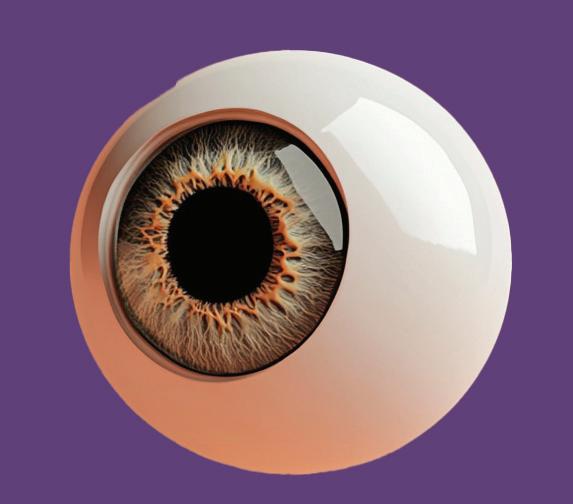

Audit Your Current Marketing & Sales Strategy
• Where are buyers hesitating, dropping off, or delaying decisions?
• Are you using urgency, trust signals, and decision-making simplifications effectively?

• Choose one or two behavioral principles to focus on first (e.g., creating urgency, improving social proof, or reducing friction).
• Run A/B tests to see what changes have the biggest impact.

Apply the Right Tactics at the Right Time
• Buyers at the awareness stage need compelling industry trends and competitor insights.
• Buyers in the consideration stage need case studies, testimonials, and ROI calculators
• Buyers at the decision stage need risk-reversal guarantees, urgency triggers, and a seamless checkout or contract process

Refine & Iterate
• Buyer psychology isn’t static - it evolves with market conditions, industry trends, and internal company priorities
• Keep testing, measuring, and optimizing to stay ahead of competitors and continuously improve conversions.
The most successful B2B companies don’t just market products - they master the psychology of their buyers. They nudge decisions, build trust, and create experiences that feel effortless and rewarding.
By applying the strategies in this book, you won’t just increase conversions - you’ll sell smarter, strengthen relationships, and drive long-term success
Now, it’s time to put these insights into action. Your buyers are already making decisions - make sure they’re choosing you




Lead Forensics is the world’s #1 B2B website visitor identification software.
Our software identifies anonymous website visitors, giving you detailed info about the companies checking out your site, including details of key decision-makers. This means you can turn passive interest into active leads and your website tra�c into real sales opportunities.
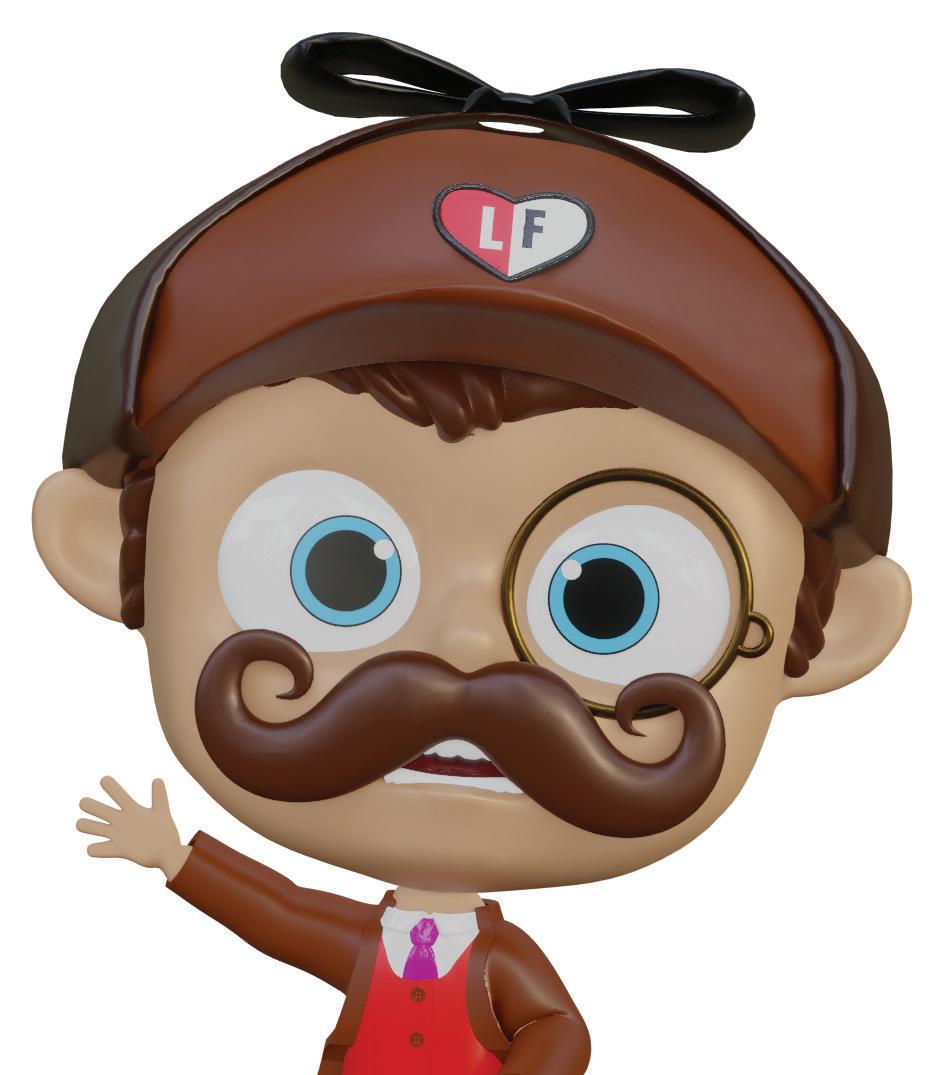
Discover the power of Lead Forensics for your business with a free trial, PLUS an additional offer that’s just for you.
Curious to know more? Simply scan the QR code below!



